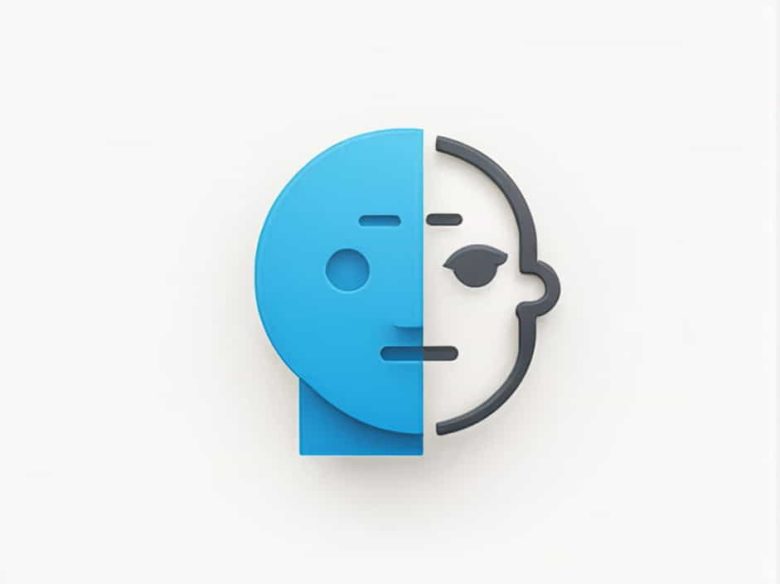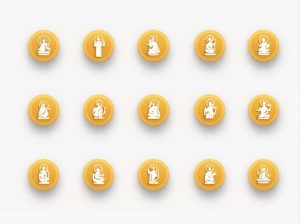Aristotle one of the greatest philosophers of ancient Greece introduced the concepts of potentiality (dynamis) and actuality (energeia or entelecheia) as part of his metaphysical framework. These ideas help explain how things change develop and achieve their full purpose.
Understanding potentiality and actuality is essential to grasping Aristotle’s views on nature existence and causality. These concepts continue to influence modern discussions in philosophy science and metaphysics.
What is Potentiality and Actuality?
Aristotle’s theory of potentiality and actuality describes the process of change. It explains how things move from a state of possibility (potentiality) to a state of fulfillment (actuality).
- Potentiality refers to what something can become but has not yet achieved.
- Actuality refers to what something already is when it reaches its full development.
For example an acorn has the potential to become an oak tree. When it grows into a mature tree it achieves its actuality.
The Role of Potentiality in Aristotle’s Philosophy
1. Different Levels of Potentiality
Aristotle identified different types of potentiality including:
- Passive Potentiality – A state where something can change like wood becoming a table.
- Active Potentiality – The ability to cause change like a carpenter shaping wood into a table.
Some potentialities are naturally determined while others depend on external influences.
2. How Potentiality Relates to Change
Aristotle defined change (kinesis) as the movement from potentiality to actuality. This applies to:
- Substance – How things come into being (e.g. a baby growing into an adult).
- Quality – Changes in characteristics (e.g. learning a new skill).
- Quantity – Growth or reduction in size.
- Place – Movement from one location to another.
Every natural thing has an inner drive to fulfill its potential guided by its essential nature.
Actuality: The Fulfillment of Potential
1. What is Actuality?
Actuality is the realization of potential. It is a state of completion and full function.
For instance:
- A musician learning an instrument is in a state of potentiality.
- When they perform skillfully they have reached actuality.
2. The Relationship Between Form and Matter
Aristotle explained actuality through his theory of form and matter:
- Matter (hyle) is the potential (e.g. clay before being shaped).
- Form (eidos) is the actual (e.g. a finished sculpture).
Everything in nature moves towards form which represents its purpose (telos).
The Prime Mover: The Ultimate Actuality
1. Aristotle’s Concept of the Prime Mover
One of the most important aspects of Aristotle’s metaphysics is the idea of the Prime Mover or Unmoved Mover.
- The Prime Mover is pure actuality meaning it has no potentiality because it is already perfect and complete.
- It is the cause of all motion and change in the universe.
2. How the Prime Mover Influences the World
Unlike a creator god Aristotle’s Prime Mover does not directly intervene. Instead it acts as a final cause drawing everything toward its fulfillment.
For example a flower grows toward the sun because it seeks its highest actualization. In the same way all things in the universe strive toward their ultimate purpose.
Examples of Potentiality and Actuality in Everyday Life
Aristotle’s ideas can be seen in many aspects of life:
- Education – A student has the potential to become knowledgeable. Studying turns that potential into actual knowledge.
- Physical Development – A child has the potential to grow into an adult. The process of aging realizes that potential.
- Technology – A blueprint represents the potential for a building and the completed structure is the actualization.
Impact of Aristotle’s Ideas on Modern Thought
1. Influence on Philosophy
Aristotle’s potentiality and actuality influenced many later philosophers including:
- Thomas Aquinas who applied these ideas to his arguments for the existence of God.
- Hegel who used a similar concept in his dialectical process of historical development.
2. Influence on Science and Physics
The principles of potentiality and actuality relate to modern scientific ideas such as:
- Biology – The way organisms develop and grow based on their genetic potential.
- Quantum Mechanics – The idea that ptopics exist in a state of potential until observed (similar to Aristotle’s concept of possibility turning into reality).
3. Influence on Psychology and Human Development
Psychologists use similar concepts when discussing human potential:
- Self-actualization (Maslow’s Hierarchy of Needs) – Reaching one’s full potential is an Aristotelian idea of moving from potentiality to actuality.
- Cognitive Development – The process of learning is a transformation from potential knowledge to actual understanding.
Criticism of Aristotle’s Theory
Despite its lasting impact Aristotle’s ideas face some criticisms:
1. Does Everything Have a Final Purpose?
Modern science suggests that some things happen by chance rather than a predetermined purpose. Evolution for example does not necessarily follow a fixed teleology.
2. Is the Prime Mover Necessary?
Some argue that the universe can exist without a Prime Mover. Contemporary physics often explains motion and change without appealing to a divine cause.
3. How Do We Define Actualization?
Determining when something has reached full actuality can be subjective. For example is a person ever truly “fully developed”?
Aristotle’s theory of potentiality and actuality remains one of the most profound explanations of change growth and purpose. By understanding how things move from what they can be to what they are meant to be we gain insight into natural processes human development and philosophical thought.
Though some aspects of Aristotle’s ideas have been challenged by modern science the fundamental principle of transformation and fulfillment continues to shape discussions in philosophy psychology and even physics.
His work reminds us that everything—whether a seed a person or a society—has the potential to grow and reach its full actualization.



